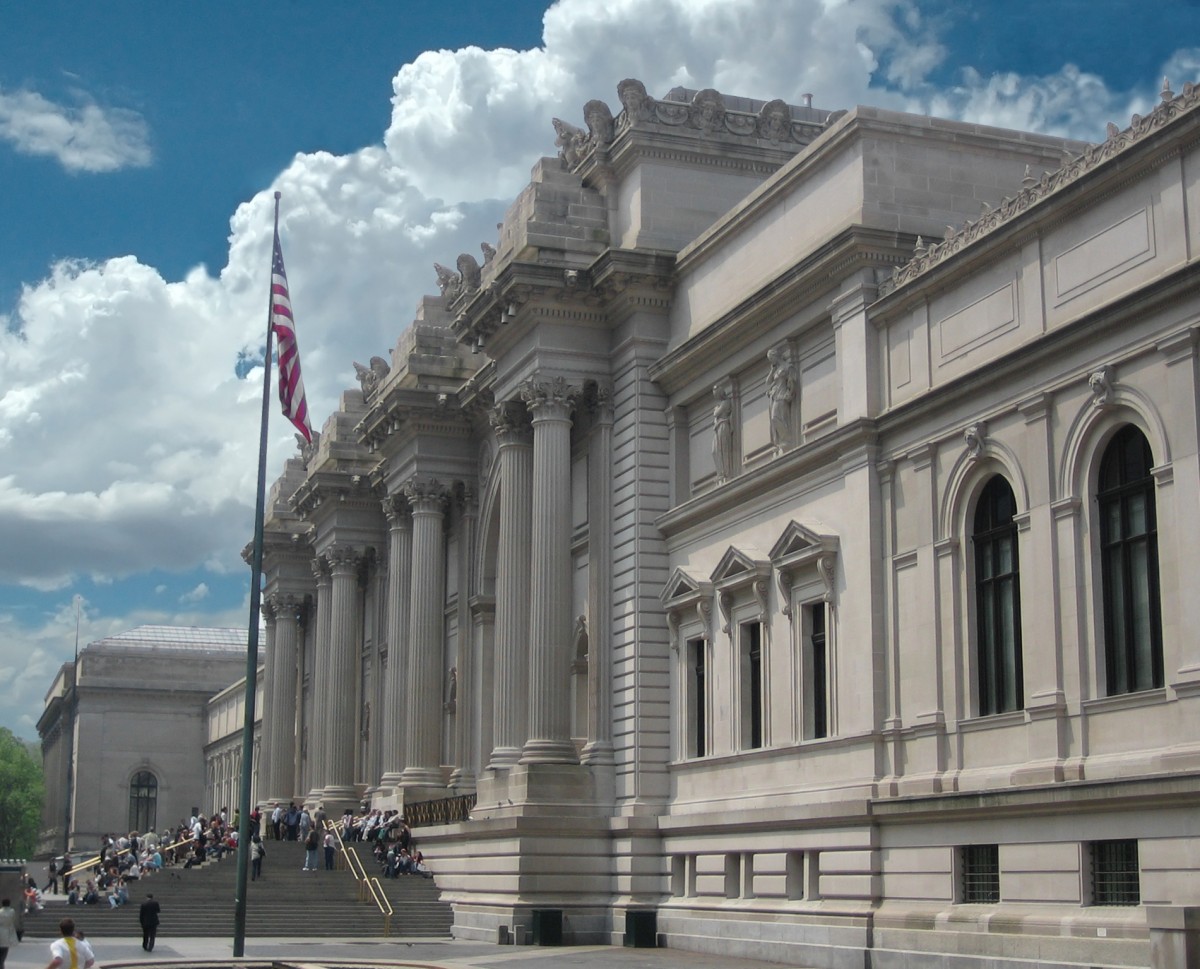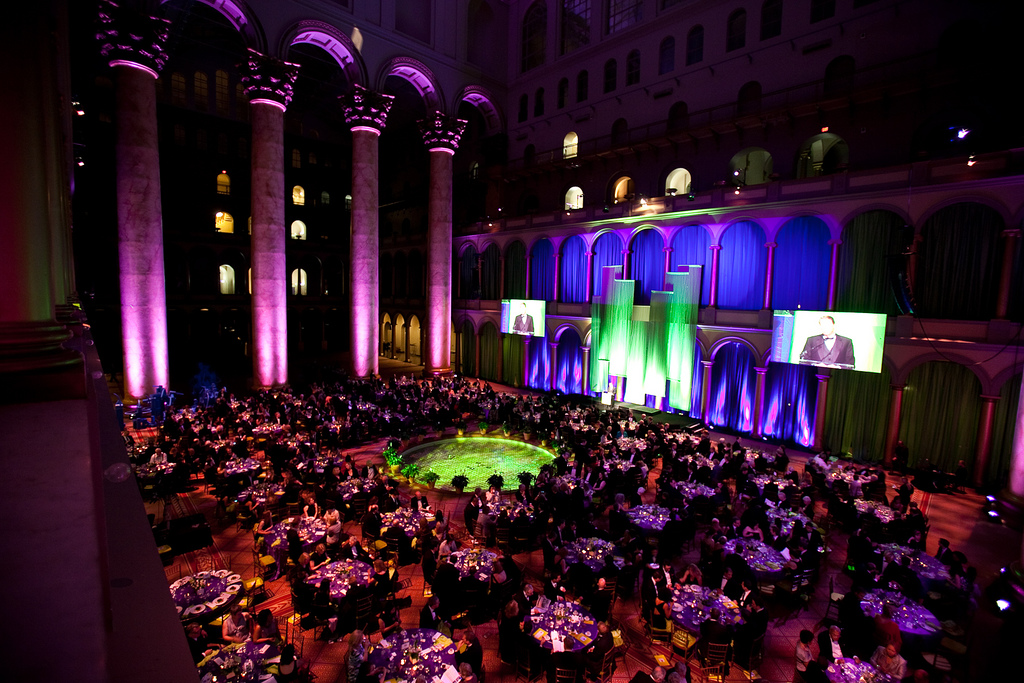Too often we (read: “I,” really) forget that it’s not cheap to share cultural treasures with the public. But then again, is it any wonder most of us not working in museums and other public institutions don’t consider what it takes to keep the lights on?
Why, with the grand exteriors of their austere buildings and the large, echoing hallways filled with artifacts and objects and their luxurious galas and events that draw wealthy, even celebrity, patrons and collectors..with all of these things, why should we think these institutions harbor financial difficulties? (Hint: you should read a slight bit of biting accusation here.)

So it’s interesting that The ArtNewspaper’s published this article today by Dan Duray, which calls out some of NYC’s most prominent (and financially well off) museums for announcing staff cuts amidst large expansion projects.
And that leaves many of us paying attention to the museum world asking *in my best Jack Sparrow voice,* “Where has all the [money] gone?!”
At one point, Duray suggests “Outside certain endowed curatorships, there is no obvious solution beyond convincing donors that staff and operations are worth paying for.”
As an outsider, working now on the marketing and fundraising side of the equation and understanding just how much of an annual budget and revenue is dependent on the generosity of donors, I’m inclined to wonder if he’s right.
Gift officers and philanthropic advisers/facilitators could remind their donors that in order for their desired impact to be made, investments in the workforce must also be considered. But, this responsibility can’t rest on the Development and/or Advancement department alone. Beyond building that awareness, program directors and designers need to be fiscally responsible and account for the overhead required to make their initiatives successful.
Or, you could skip all of that worry and fund your own eponymous museum of collectibles like the collectors who started these museums and foundations! Wouldn’t that be nice?

